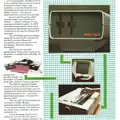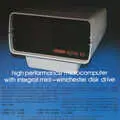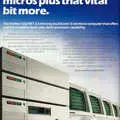
Shelton Advert - December 1981
From Practical Computing
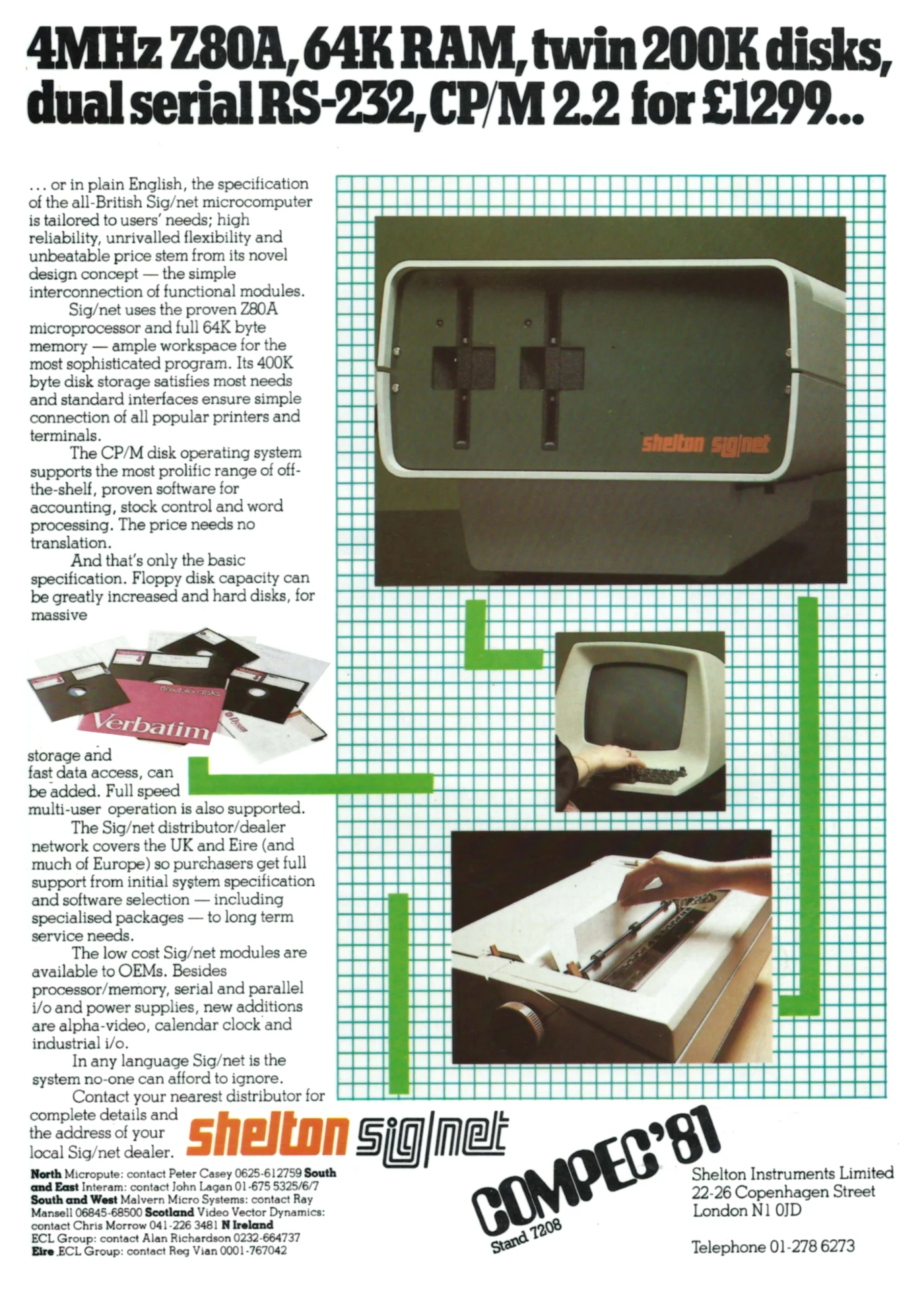
4MHz Z80A, 64K RAM, twin 200K disks for £1299
Here is probably the first advert of Chris Shelton's Sig/Net, launched around July or August this year.
Shelton, who had once worked for Nascom, had started Shelton Instruments back in 1970, and became well-known for his work on microprocessors and microcontrollers.
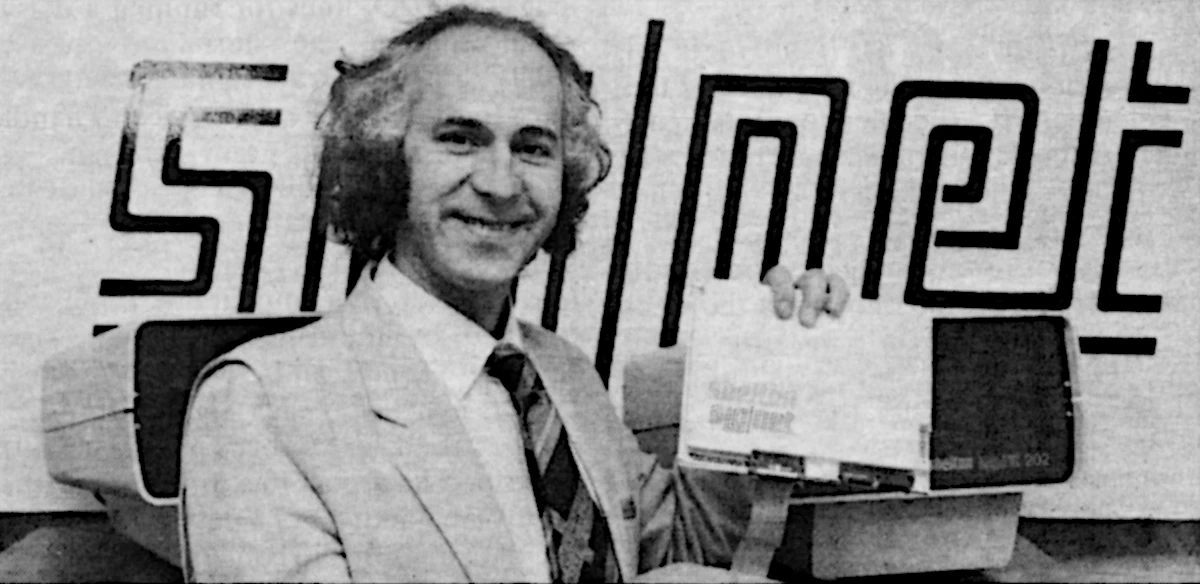
Chris Shelton at the launch of Sig/Net, as seen in September 1981's Practical Computing. The module's interconnecting ribbon cable can be seen at the bottom of the display
The Sig/Net was an unusual concept at the time as it differed from the usual multi-user approach - where dumb terminals accessed a central computer, and where the central computer's resources, including memory and CPU, were shared - by instead offering satellite stations, which were full computers in their own right, but which shared the central hub's expensive resources, like disks and printers, over a ribbon cable.
Shelton said of the concept, as reported in September 1981's Practical Computing, that:
"The system is a new hardware design which offers the expansion potential of bus-based systems at a price comparable with single-board computers. Support for virtually-unlimited hard-disk storage peripherals and users is a major feature. A CPU/RAM module is the heart of our system and is design for multi-user applications by simply adding more - as many CPU/RAMs as there are users or maybe more for task management or resource allocation".
The 26-way flexible port bus, which connected each module, was said to be the system's defining feature as it offered a much cheaper way of connecting up multiple units - Sig/Net could support up to nine modules per "ring", with up to nine rings being able to connect at the second level, giving 81 units in total[1] - most of which could also support up to four terminals each.
The downside to the system was that these ribbon cables could only be up to a metre long, however it was possible to connect screens and a keyboard to the satellite module using RS-232, and run that over much longer distances[2].
The original Sig/Net systems used a custom CP/M-like operating system called McNOS, although here the advert is calling it CP/M.
The modules came with the full 64K RAM that a Z80-based system could support, plus two 200K floppy disk drives. It retailed from £1,299, which is about £6,970 in 2025 money.
Date created: 18 July 2025
Hint: use left and right cursor keys to navigate between adverts.
Sources
Text and otherwise-uncredited photos © nosher.net 2025. Dollar/GBP conversions, where used, assume $1.50 to £1. "Now" prices are calculated dynamically using average RPI per year.
